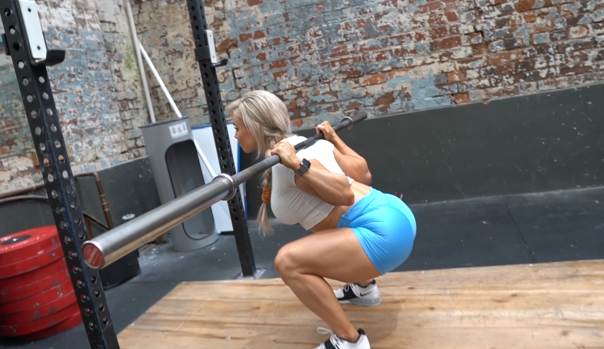
When it comes to squats, one size does not fit all. If you’ve been hitting the gym and are serious about strength training, you’ve likely heard debates about high bar vs. low bar squats. But which one is better? Is there even a right answer? Whether you’re a beginner trying to find your form or a seasoned lifter aiming to optimize performance, understanding the differences, benefits, and drawbacks of each squat style is key.
Let’s break it all down—technique, biomechanics, goals, and how to choose what’s right for YOU.

What Is a High Bar Squat?
The high bar squat, also called the Olympic squat, positions the barbell on top of the trapezius muscles, right at the base of the neck. This position allows for a more upright torso throughout the movement.
Key Features:
- Barbell rests high on the shoulders.
- Torso remains more vertical.
- Knees travel further forward.
- Greater emphasis on quads.
- More ankle mobility is required.
High bar squats are popular among Olympic weightlifters, who often need to maintain upright posture during lifts like the clean and jerk. The more vertical body angle keeps the load centered and helps develop the quads, glutes, and core together.

What Is a Low Bar Squat?
The low bar squat positions the barbell lower on the back, across the rear deltoids and just below the spine of the scapula. This bar placement shifts the body into a slightly more forward-leaning position.
Key Features:
- Barbell rests lower on the upper back.
- Torso leans forward more.
- Hips shift further back.
- More stress on the glutes, hamstrings, and lower back.
- Requires good shoulder mobility.
Low bar squats are typically favored by powerlifters, whose goal is to lift as much weight as possible in the squat. The mechanical advantage of a shorter bar path and stronger posterior chain recruitment allows heavier lifts.
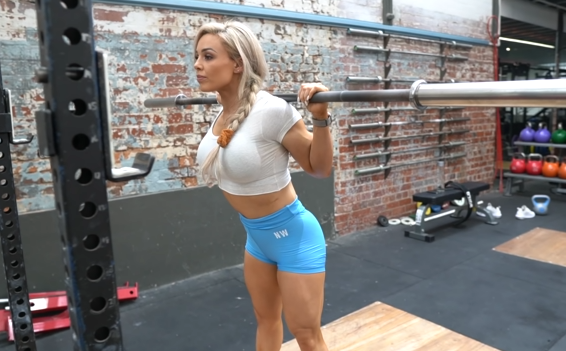
Comparing the Two: Form & Muscle Activation
| Feature | High Bar | Low Bar |
|---|---|---|
| Bar Position | On traps | Below traps, on rear delts |
| Torso Angle | More upright | More forward lean |
| Knee Tracking | More forward | Less forward |
| Hip Movement | Less backward | More backward |
| Muscles Worked | Quads, glutes, core | Glutes, hamstrings, lower back |
| Mobility Needs | Ankles and thoracic spine | Shoulders and hips |
High bar squats are more quad-dominant, while low bar squats shift the focus toward the posterior chain. The position of your torso and the bar path affect which muscles take the load. That doesn’t mean one is wrong—it means they serve different purposes.
Which One Is Stronger?
Most people can lift more weight in the low bar squat due to mechanical efficiency. The forward torso lean allows for greater hip drive, and the bar path is slightly shorter. This makes low bar squats more efficient for moving maximum loads.
However, just because it lets you lift heavier doesn’t automatically make it better. High bar squats, despite involving slightly lighter weights, offer a more balanced muscle engagement, especially if you’re training for general fitness, sport performance, or Olympic lifting.
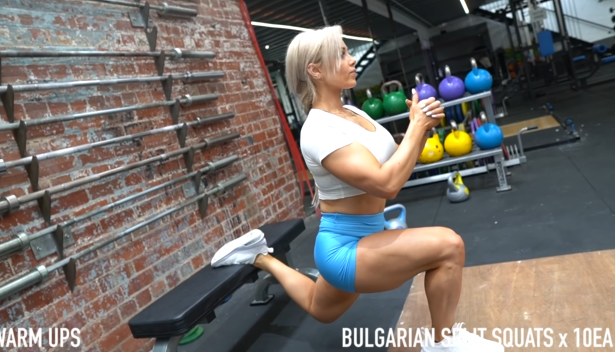
Mobility & Comfort Considerations
- High Bar: Demands more ankle and thoracic spine mobility to stay upright. It’s often easier to learn and feels more natural to beginners.
- Low Bar: Requires more shoulder and hip mobility. Some lifters find the bar position uncomfortable at first, especially without good shoulder external rotation.
If you struggle with mobility, either squat may feel awkward until you work on your flexibility and joint health. In that case, a front squat or goblet squat may serve as a temporary substitute while you build the mobility you need.
Training Goals Matter
✔️ Choose High Bar If:
- You’re training for Olympic weightlifting.
- You want to emphasize quad development.
- You prefer a more natural posture during squats.
- You have good ankle mobility.
✔️ Choose Low Bar If:
- You’re training for powerlifting or maximum strength.
- You want to engage your posterior chain more.
- You don’t mind a bit of a learning curve in technique.
- Your shoulders are flexible enough to handle the bar position.
Your choice should match your goals. If your priority is athletic performance or hypertrophy, high bar might serve you better. If you’re chasing big numbers in the squat rack, low bar could give you the edge.
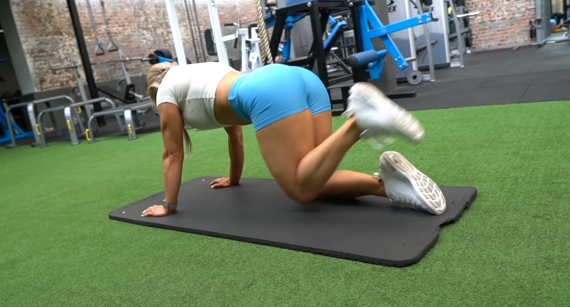
Common Mistakes to Avoid
No matter which squat variation you choose, avoid these pitfalls:
- Rounded lower back: Always brace your core and maintain a neutral spine.
- Collapsing knees: Drive your knees out in line with your toes.
- Lack of depth: Aim for at least parallel squats for best results (unless mobility or injury limits you).
- Lifting too heavy too soon: Master your technique first.
Improper form can lead to injury and poor progress. Record yourself or ask a coach to check your squat—sometimes a small cue like “chest up” or “sit back” can make a huge difference.
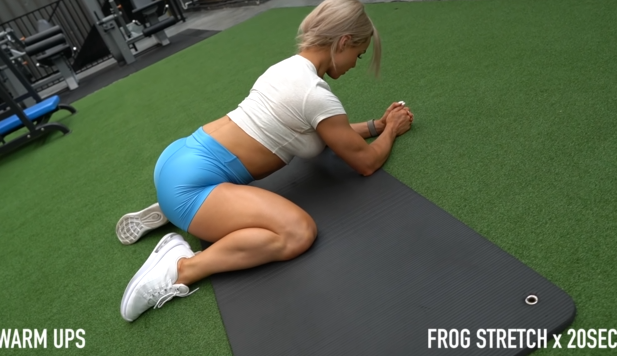
Can You Do Both?
Absolutely. In fact, alternating between high bar and low bar squats—or programming both into different training blocks—can offer a well-rounded strength base.
For example:
- Hypertrophy block: Use high bar squats for more volume and quad development.
- Strength block: Switch to low bar squats to maximize load and posterior strength.
Athletes and general lifters alike can benefit from learning both styles. It adds variety, reduces overuse injuries, and balances muscular development.
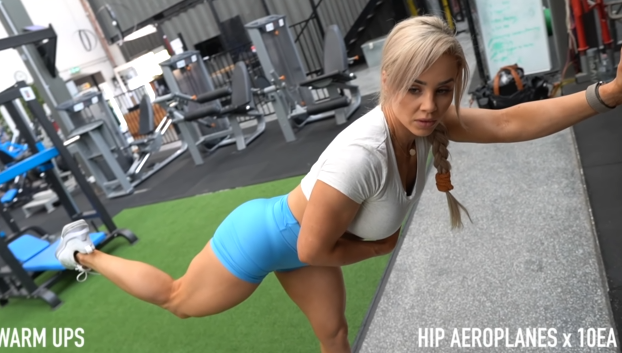
Final Thoughts: It’s Not a Battle—It’s a Choice
So, High Bar or Low Bar Squats? 🤔🤷♀️
The answer is: it depends on you—your goals, your anatomy, your sport, and your preferences. Both squat styles are powerful tools. Rather than choosing one and abandoning the other, consider how each can complement your training.
If you’re just starting, try both. See which feels more natural and assess your mobility. Over time, as you gain experience, you’ll learn when and how to use each squat style strategically.
In the end, the best squat is the one you can do safely, consistently, and with purpose.


